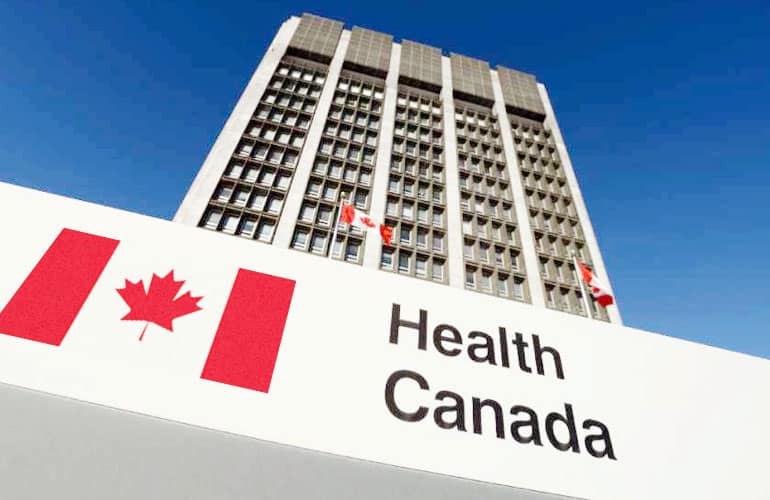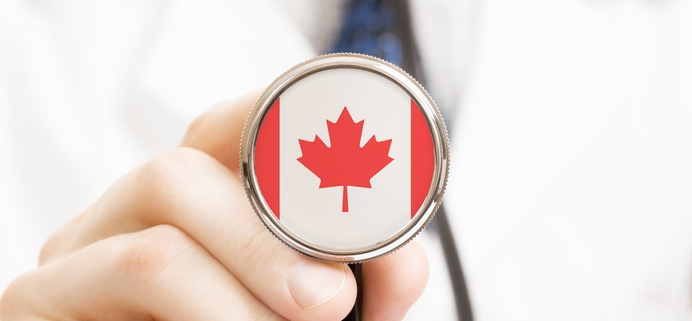Health Canada, the country’s regulating authority in the sphere of medical devices, has published a guidance document dedicated to medical device recalls.
The document is intended to provide additional clarifications regarding the applicable regulatory requirements and certain recommendations to be considered by the parties involved. At the same time, the authority explicitly states that in case of any contradictions with the provisions of current legislation, the latter should prevail.
In particular, the document provides clarifications regarding recent amendments to Canadian regulations designed to harmonize the country’s approach with applicable rules and requirements set forth by the Medical Devices Regulations (MDR) in the context of medical device recalls.

Table of Contents
Regulatory Basics
As defined by the current regulation, a “recall” in respect of a medical device that has been sold, means any action taken by the manufacturer, importer, or distributor of the device to recall or correct the device, or to notify its owners and users of its defectiveness or potential defectiveness, after becoming aware that the device: (1) may be hazardous to health, (2) may fail to conform to any claim made by the manufacturer or importer related to its effectiveness, benefits, performance characteristics or safety, (3) may not meet the requirements of the Food and Drugs Act or these regulations.
According to the applicable legislation, the scope of recalls covers such actions as:
- Removing a medical device from the market,
- Notifying about the potential issue with the device,
- Providing new labeling for the device,
- Requesting the users to cease using the device,
- Conducting an on-site correction.
The authority also emphasizes that the definition of a recall set forth by the Canadian legislation is slightly wider than accepted in most other countries. Hence, in the case of foreign medical devices, some of the actions conducted in another jurisdiction could be deemed as recalls and thus trigger recall reporting requirements in Canada.
The present document describes how responsible parties shall develop recall procedures, conduct recalls, submit related reports to the regulating authority, and keep records regarding medical devices’ distribution in general.
The authority also mentioned that if it has a reasonable belief that a medical device placed on the market creates hazards for patients’ health, it is entitled to require the responsible party to initiate a recall and move the devices remaining to a specific place. Should the responsible entity fail to follow such a request in time, or if the measures taken are insufficient, Health Canada reserves the right to enforce the regulatory requirements according to the procedure prescribed by the Food and Drugs Act.
The responsible parties to whom this guidance is addressed include medical device manufacturers, as well as importers and distributors. The document provides additional clarifications regarding the current regulations on distribution records, the recall process, and the recall reporting process. However, the authority also mentions that not all the requirements are applicable for all parties involved in operations with medical devices. For instance, the record-keeping requirements in terms of distribution, as well as the requirement to have a recall procedure in place, should be applied for all parties, while the requirements related to recall reporting are not applicable for distributors.
It is also important to mention that any party holding a valid medical device establishment license (MDEL) should have the appropriate procedures related to distribution records and recalls. These procedures should contain detailed step-by-step instructions to be followed.
Key Requirements
According to the Medical Devices Regulations (MDR), the aforementioned parties conducting operations with medical devices should fulfill the requirements on distribution record-keeping and also develop and introduce procedures describing how recalls should be conducted. As mentioned, medical device manufacturers and importers are also obliged to report recalls to the regulating authority.
As stated in the present Health Canada guidance, the recall process could be divided into two parts and contains five stages:
Initiating a recall
1. Stage one: Identify the need to initiate a recall,
2. Stage two: Develop recall strategy and scope,
Conducting a recall
1. Stage three: Notify and correct,
2. Stage four: Follow up,
3. Stage five: Review and close recall.
Responsibilities Related to Recalls
The guidance further describes in detail the responsibilities related to recalls as set forth by the applicable legislation. First, the authority emphasizes the importance of efficient cooperation among all the parties involved in operations with medical devices, including medical devices manufacturers, importers, distributors, importers, retailers, healthcare institutions, and end-users. In order to ensure the effectiveness of such a cooperation, each participant should clearly understand its scope of responsibility, communicate with other parties involved and share all necessary information. It is important to mention that in certain cases, the medical device manufacturer enters into special agreements with the parties involved in the distribution of their products in order to establish effective mechanisms of recalls.
As mentioned, it is vitally important to have written policies covering the most important aspects associated with recalls. In particular, such policies shall:
- Define key activities,
- Assign responsibilities,
- Provide a detailed description of steps taken from beginning to end of the process,
- Set out timelines,
- Use a common format.
The authority additionally states that even while any and all medical device manufacturers are subject to record-keeping requirements related to the distribution of their products, only the ones holding a Medical Device Establishment License are required to be able to provide upon request the aforementioned policies and procedures in writing. However, even this requirement is not applicable to particular entities. It will be required to have a process duly implemented to ensure compliance with the record-keeping requirement.
Timing constitutes one of the most important parts of procedures a responsible entity shall employ. For instance, exact timing should be prescribed for such actions as notifying customers that are potentially affected, notifying the regulating authority, and contacting those that haven’t provided any response to the recall notification communicated by the responsible party. The responsible party developing the procedure is allowed to choose between deciding on a separate timeframe for each action depending on the risk level or using the same timeframe irrespectively of risks. However, in the latter case, the timeframe should be based on the timing requirements to be applied in the case of high-risk recalls.
All employees of the responsible party should be duly familiarized with the recall policy and their functions under the procedure described therein. For this purpose, the responsible party as an employer should make the policy available for the staff and also conduct necessary training.
In summary, the present Health Canada guidance on recalls provides an overview of the regulatory requirements in terms of recalls and other corrective actions covered by the scope of the “recall” concept. The document outlines the most important aspects to be considered by the medical device manufacturers and other parties involved with regard to processes and procedures to be implemented in order to ensure the effectiveness of recalls and compliance with the applicable legislation.
Sources:
How Can RegDesk Help?
RegDesk is a next-generation web-based software for medical device and IVD companies. Our cutting-edge platform uses machine learning to provide regulatory intelligence, application preparation, submission, and approvals management globally. Our clients also have access to our network of over 4000 compliance experts worldwide to obtain verification on critical questions. Applications that normally take 6 months to prepare can now be prepared within 6 days using RegDesk Dash(TM). Global expansion has never been this simple.


